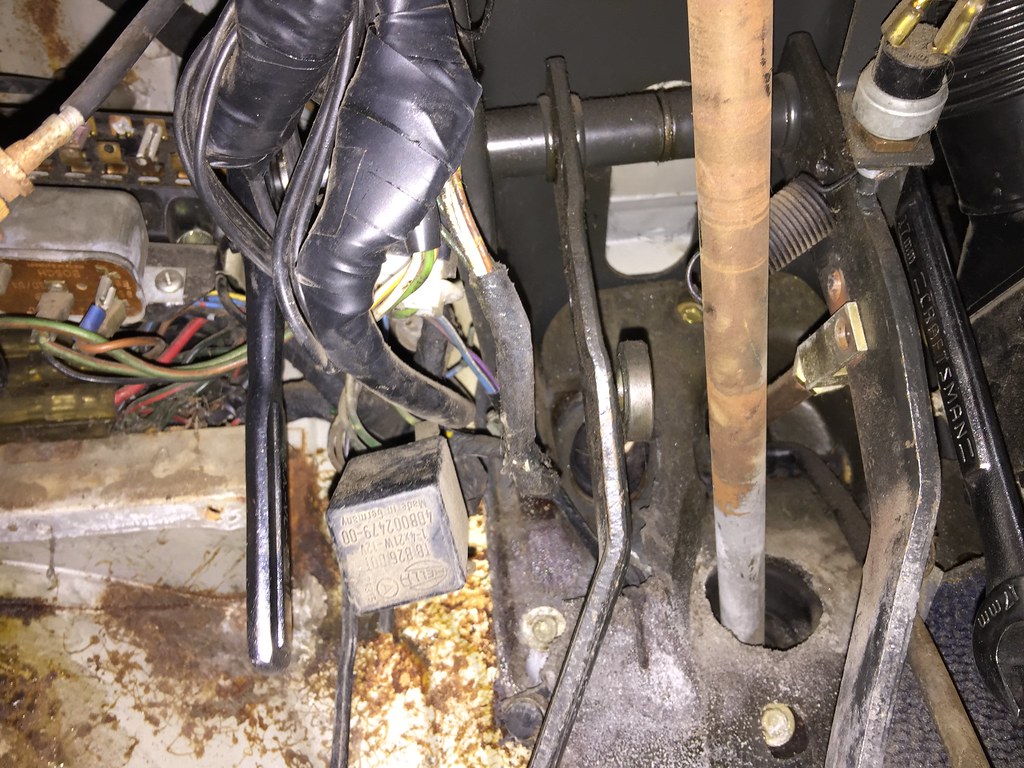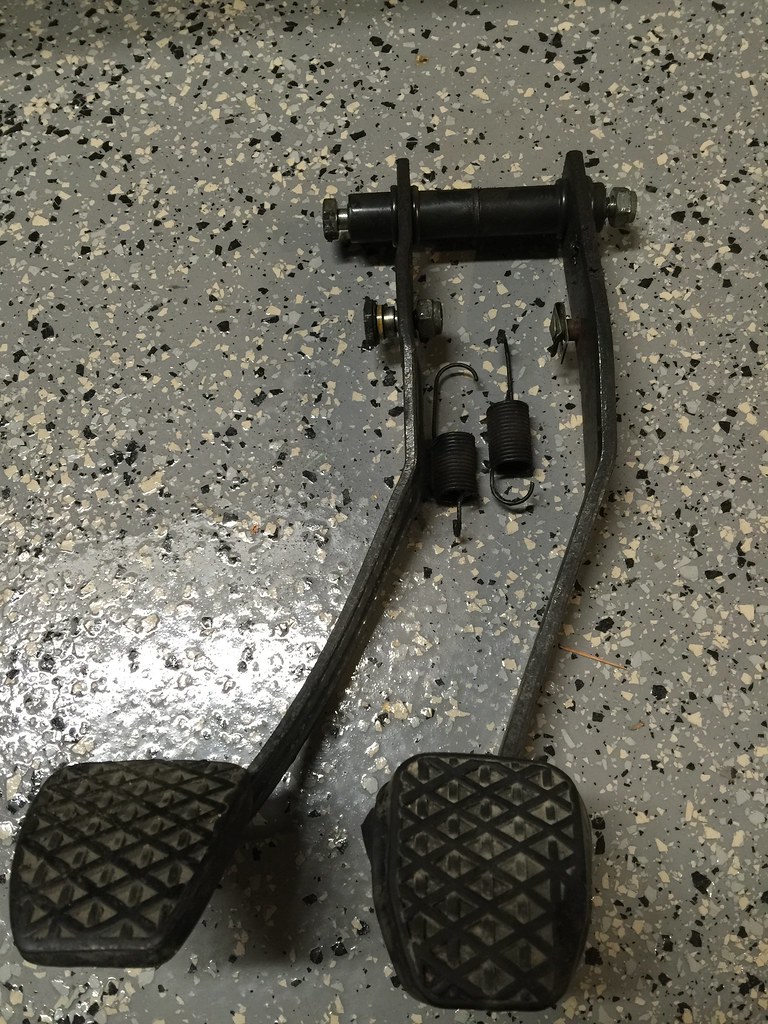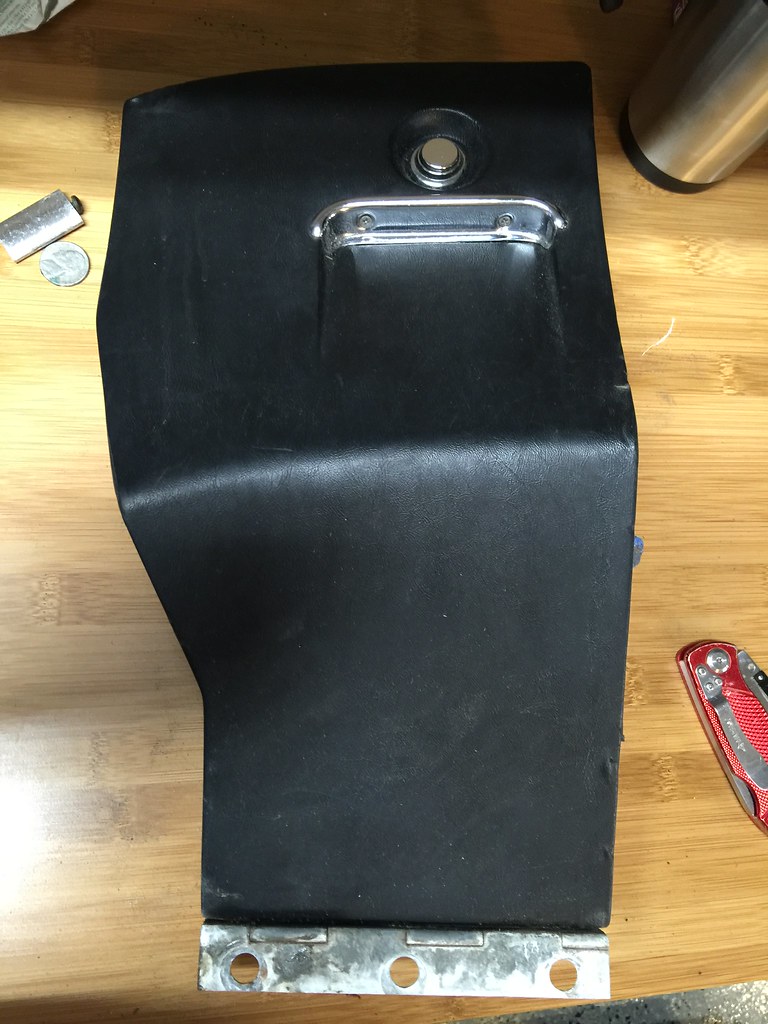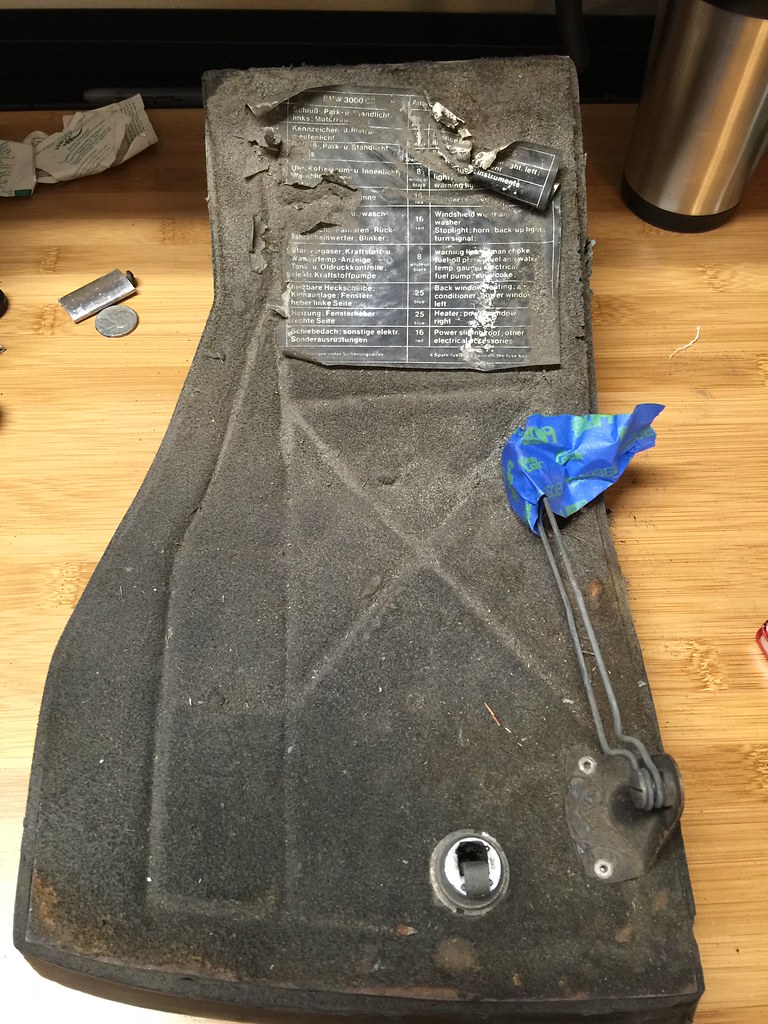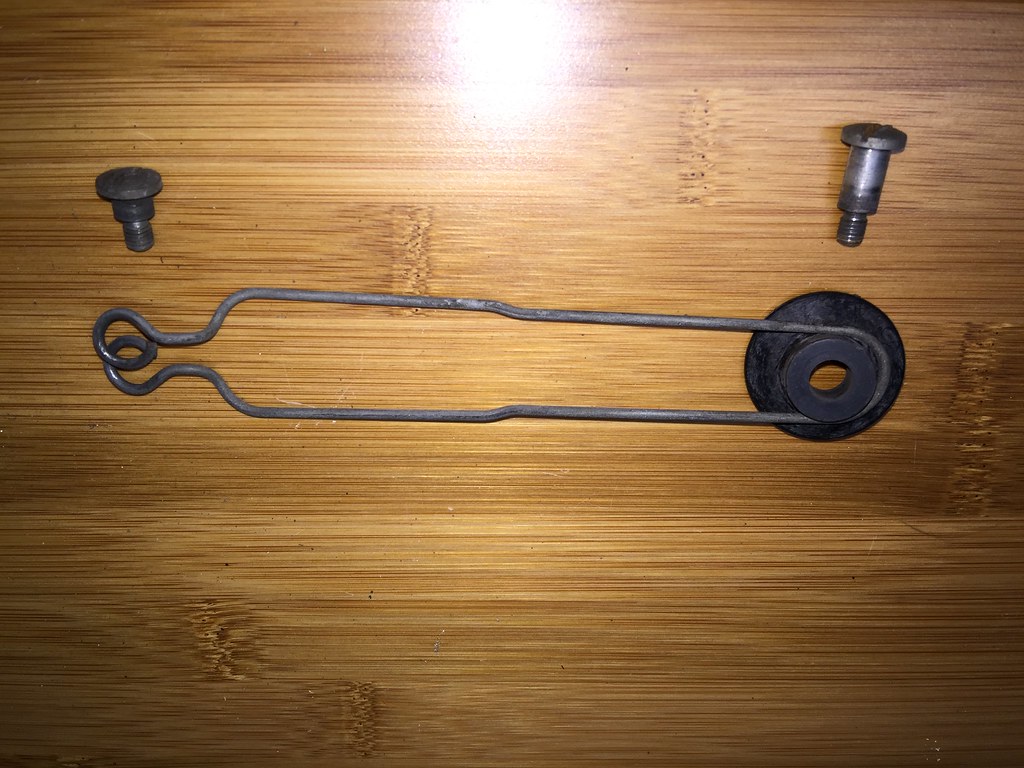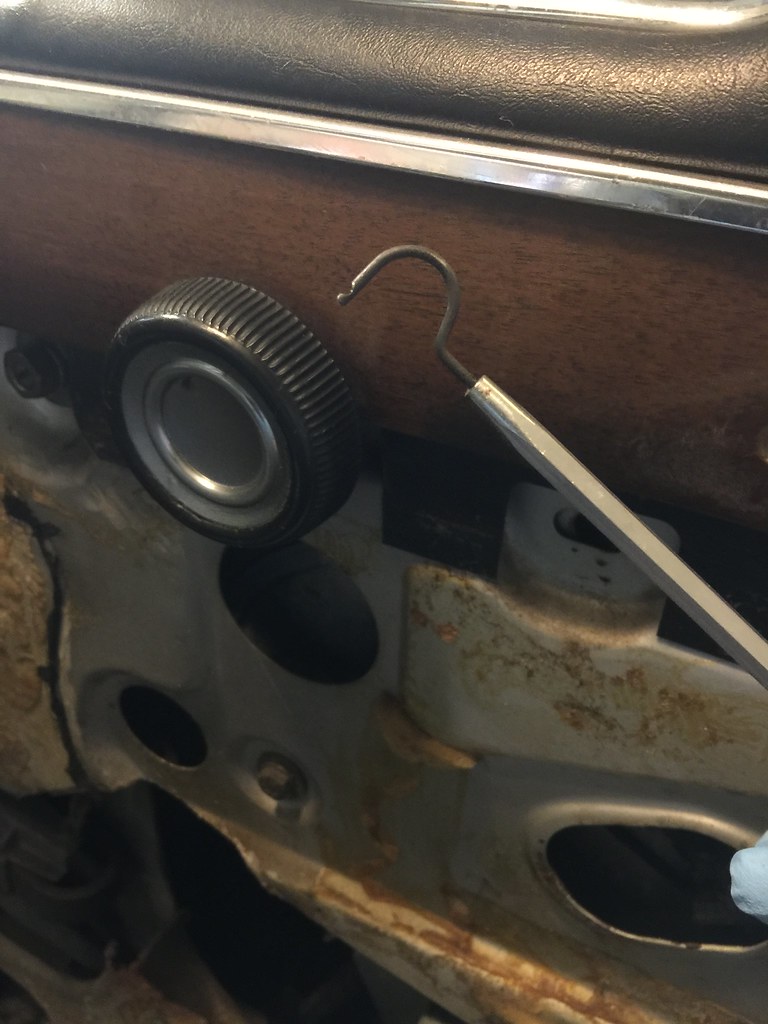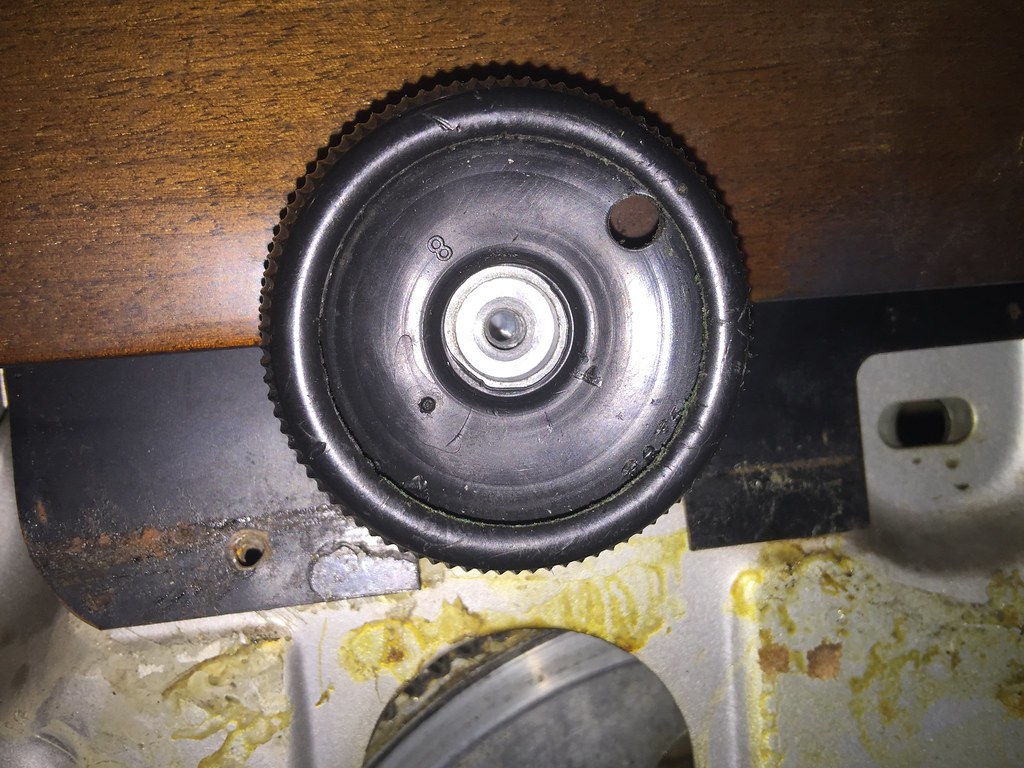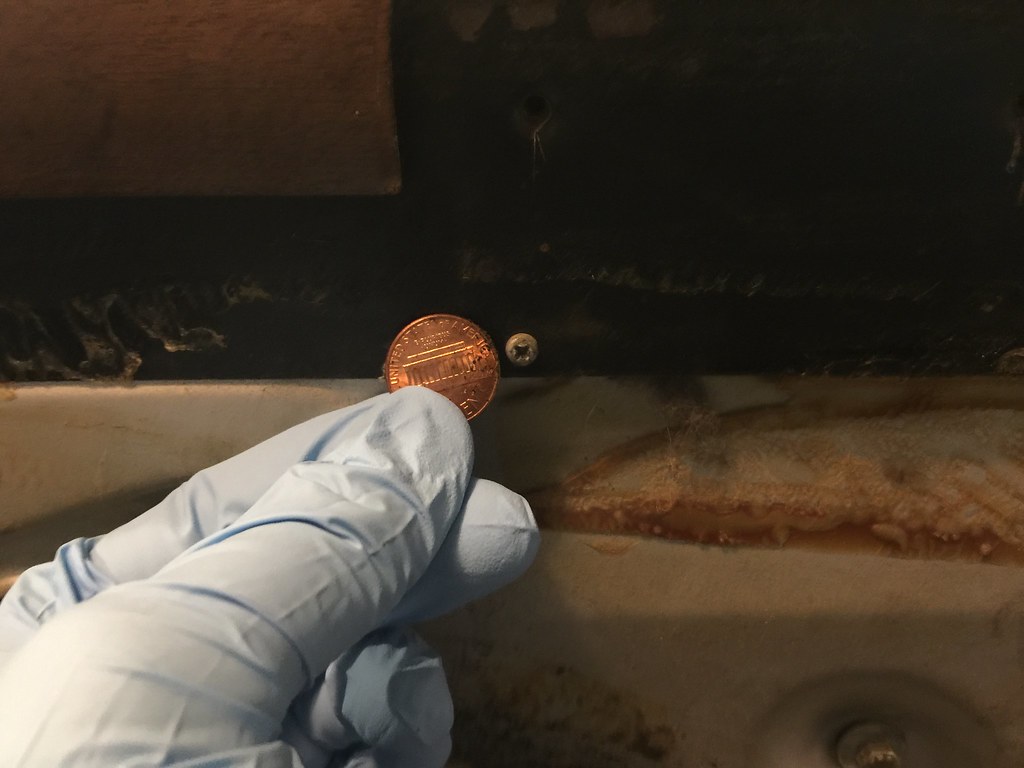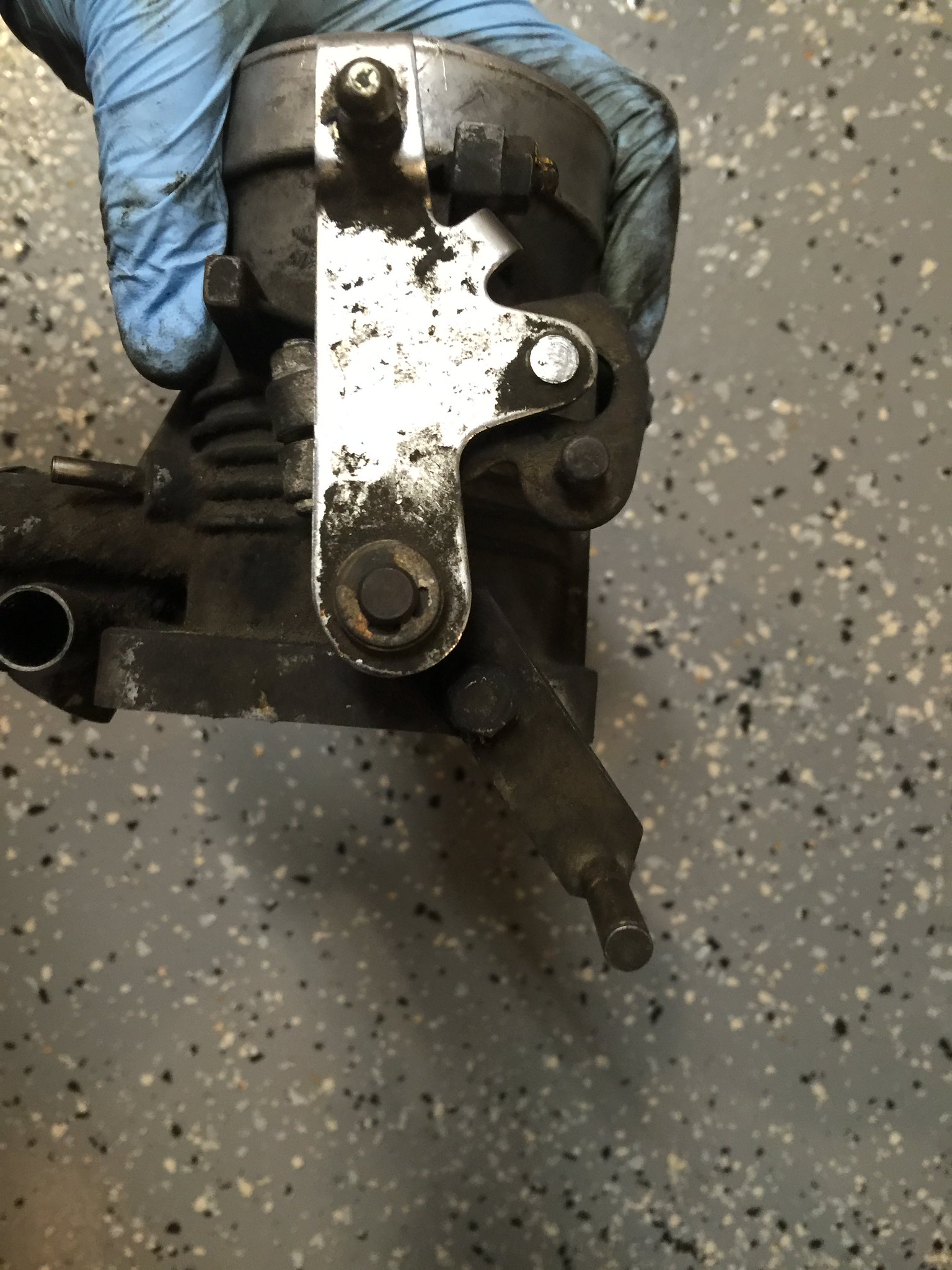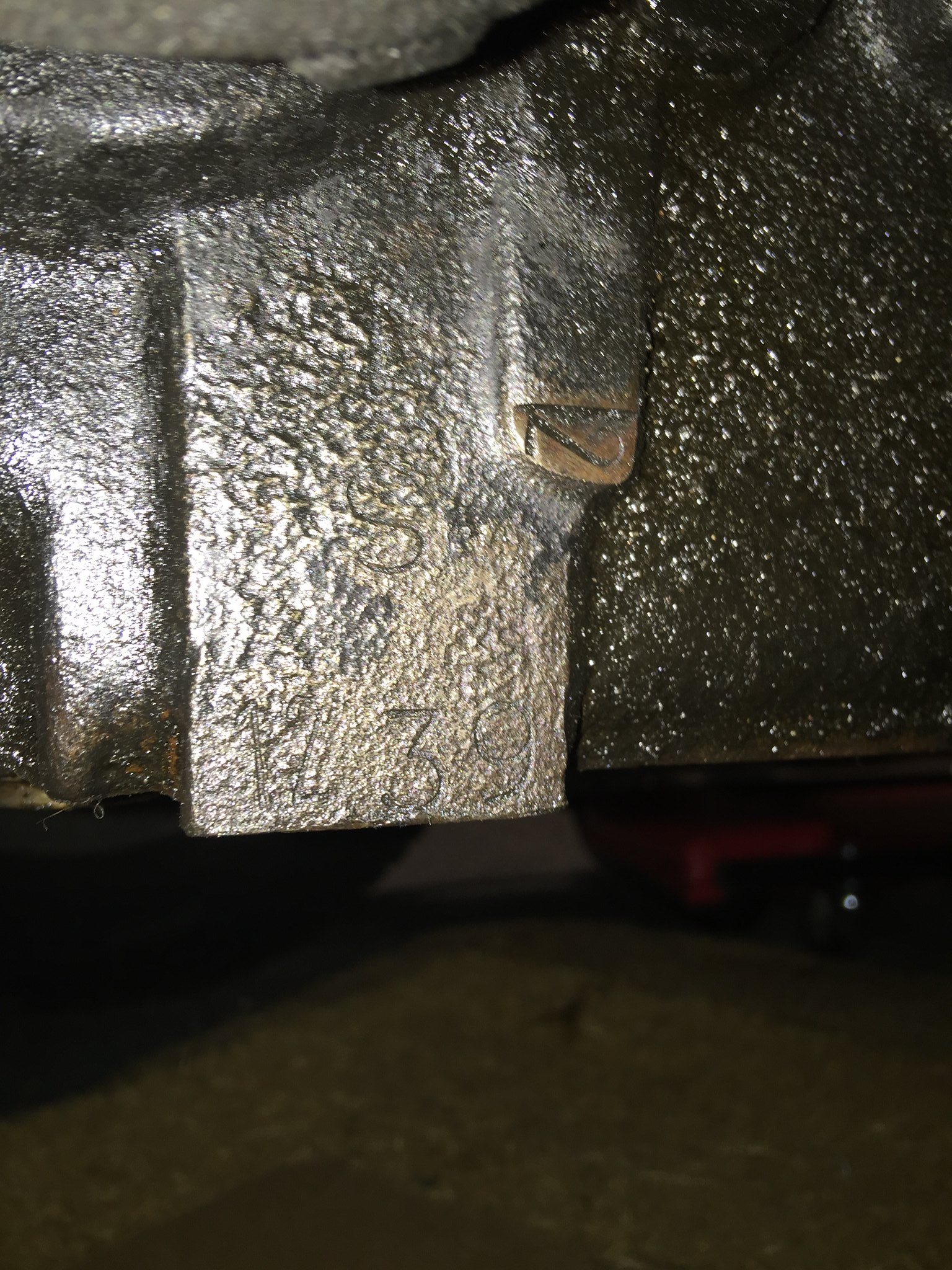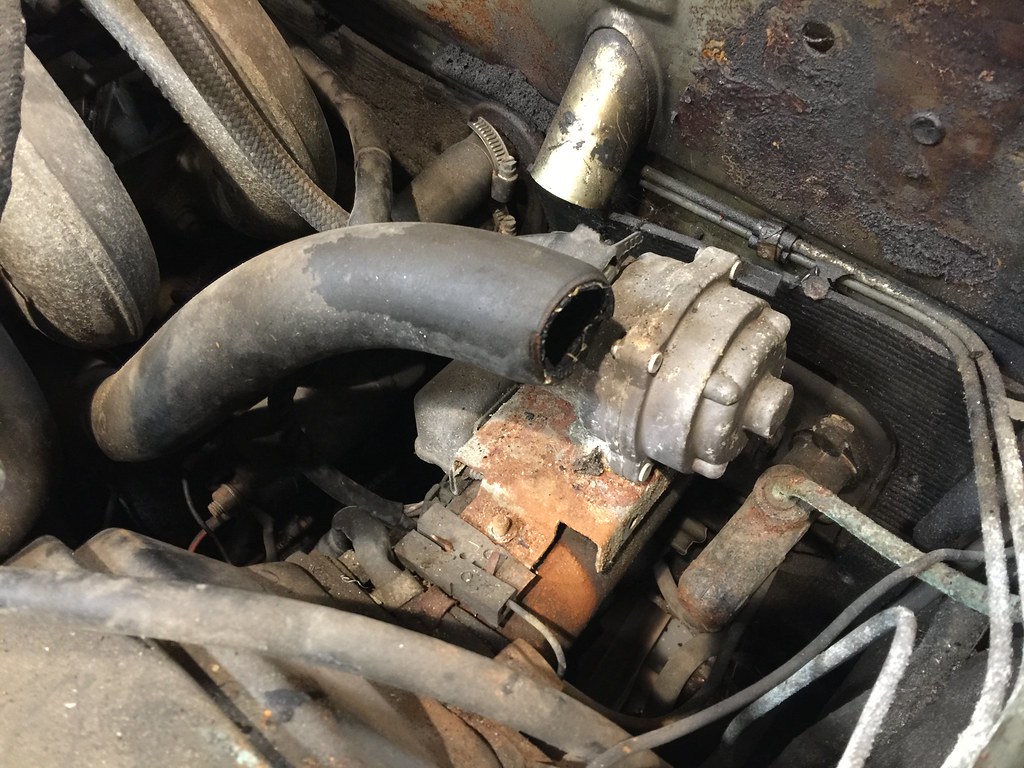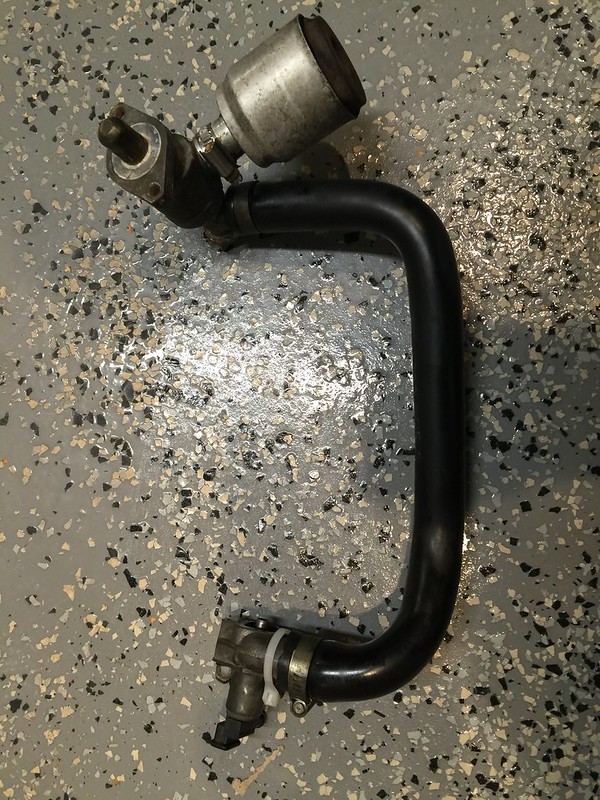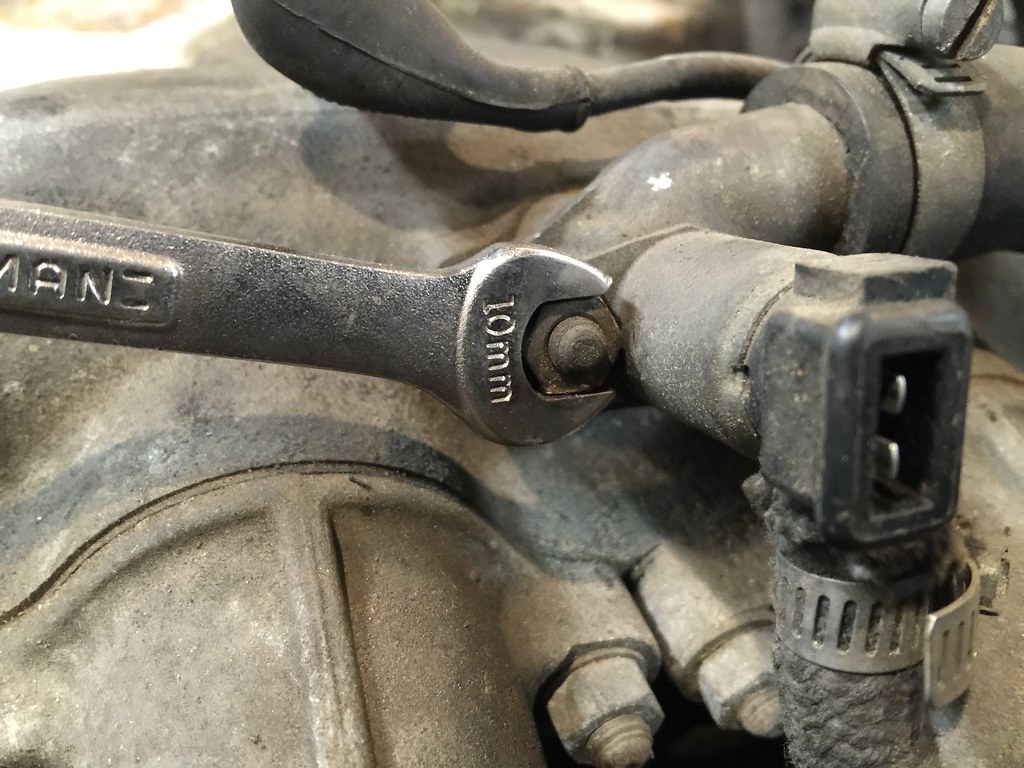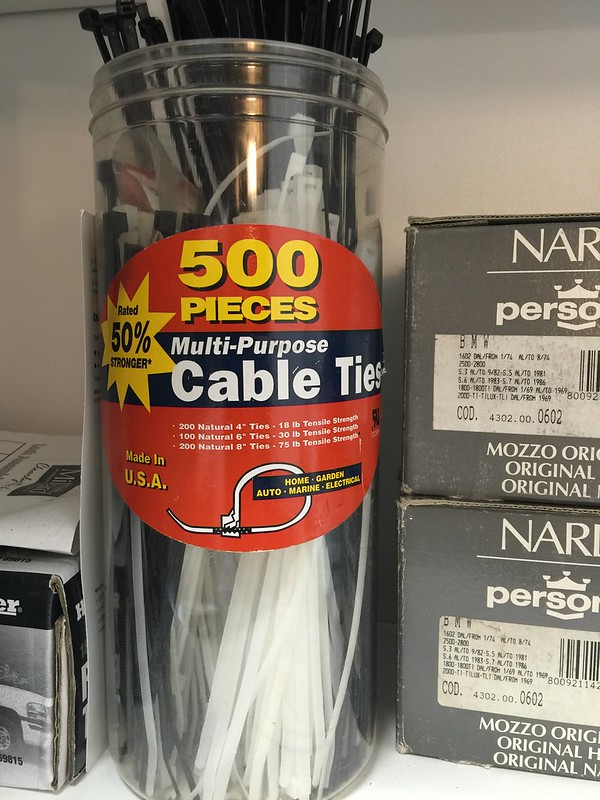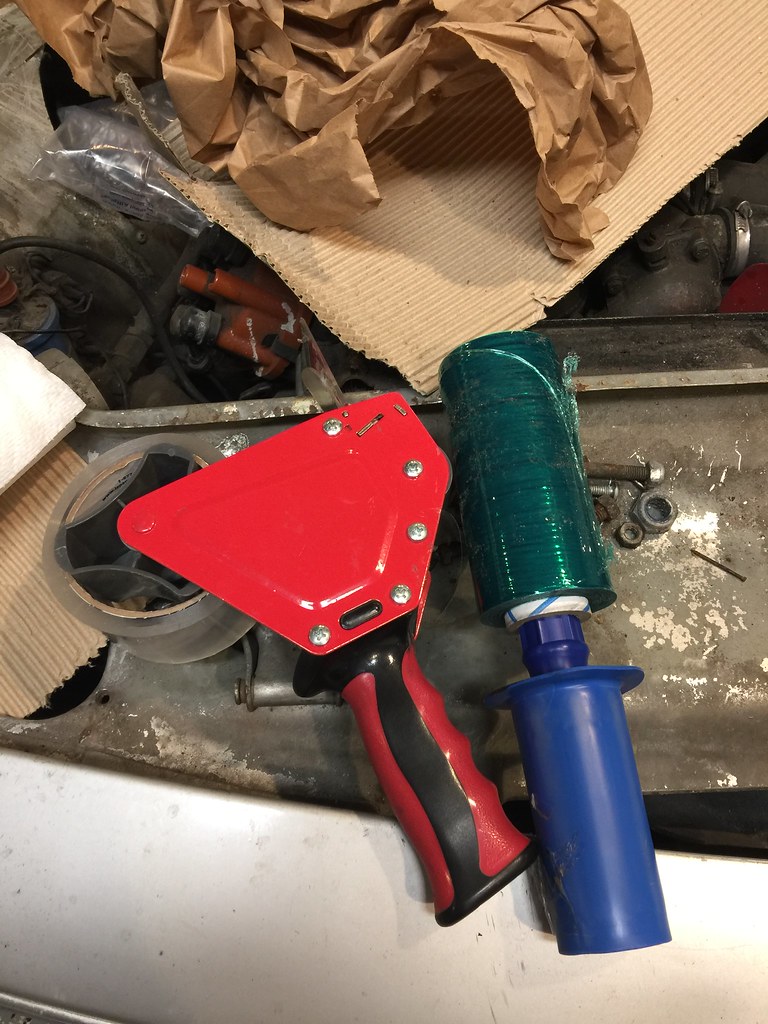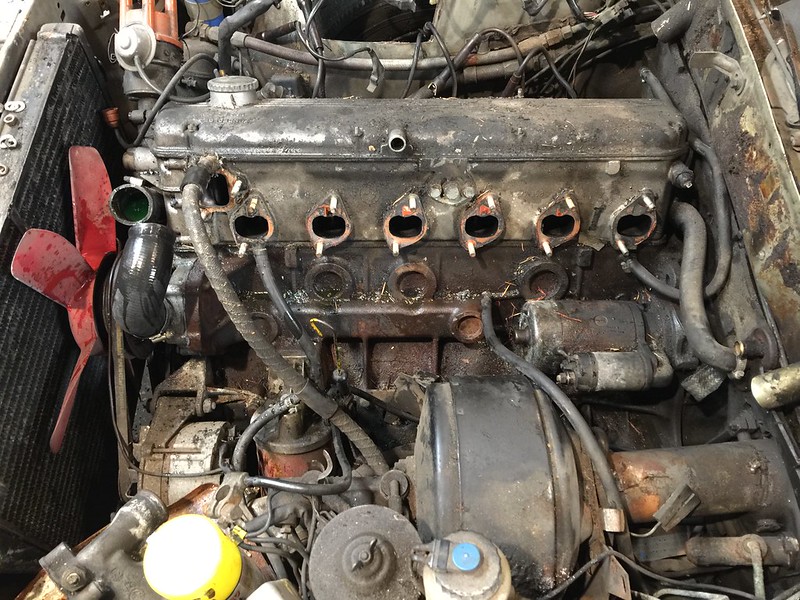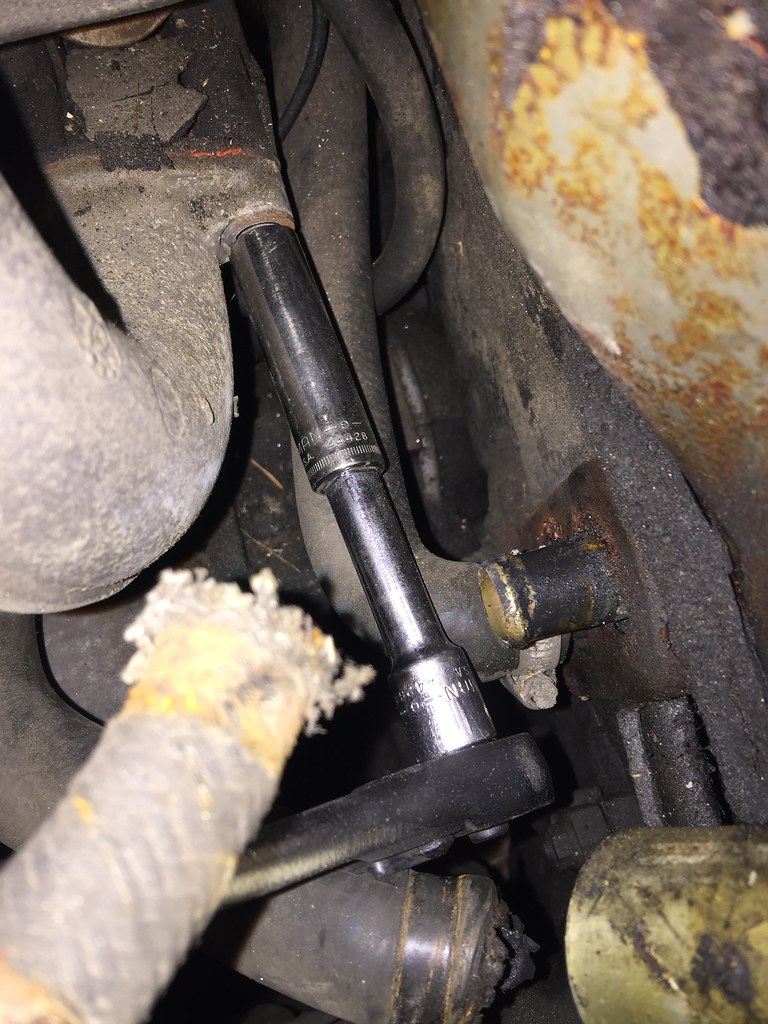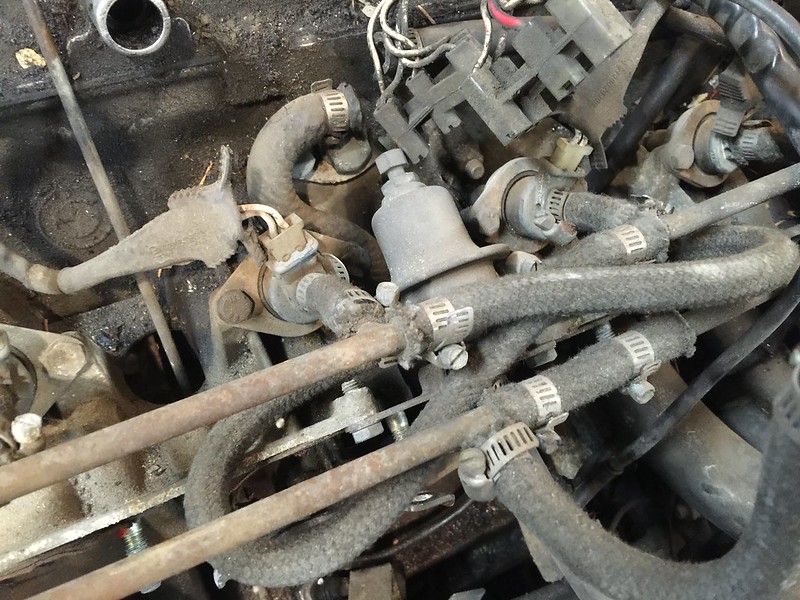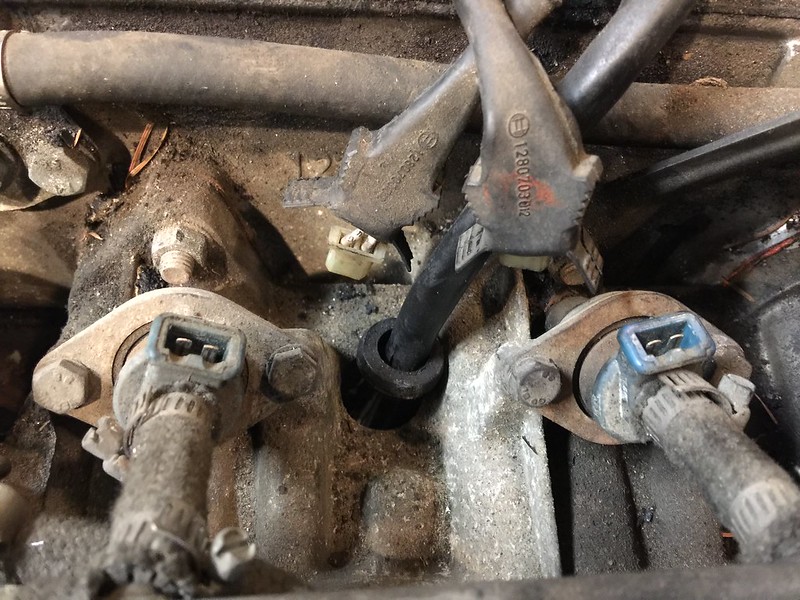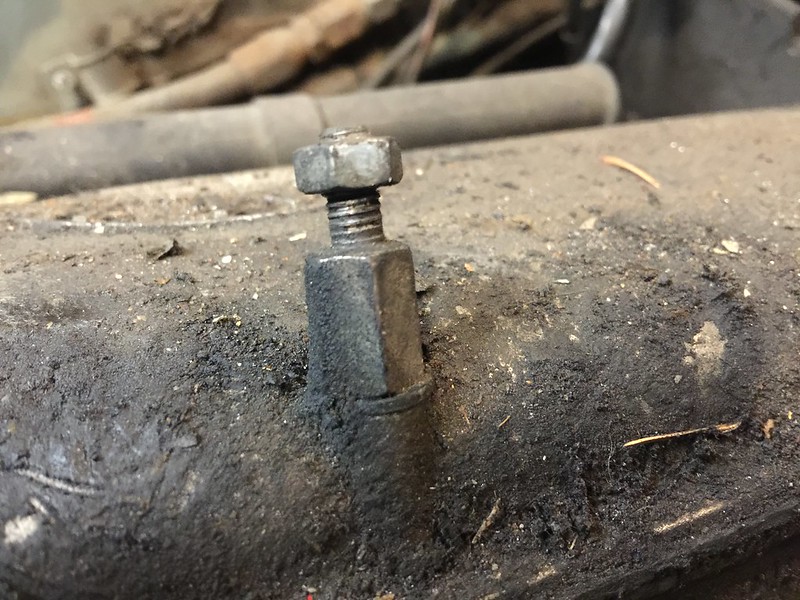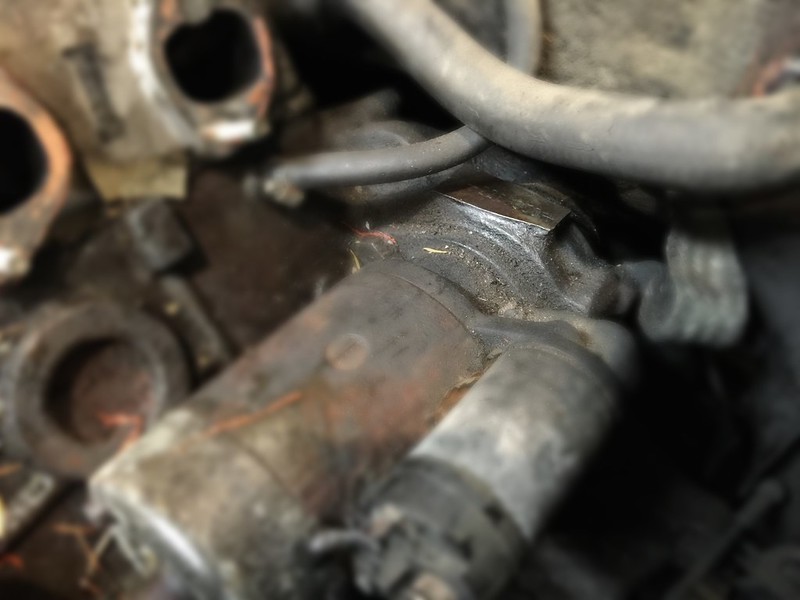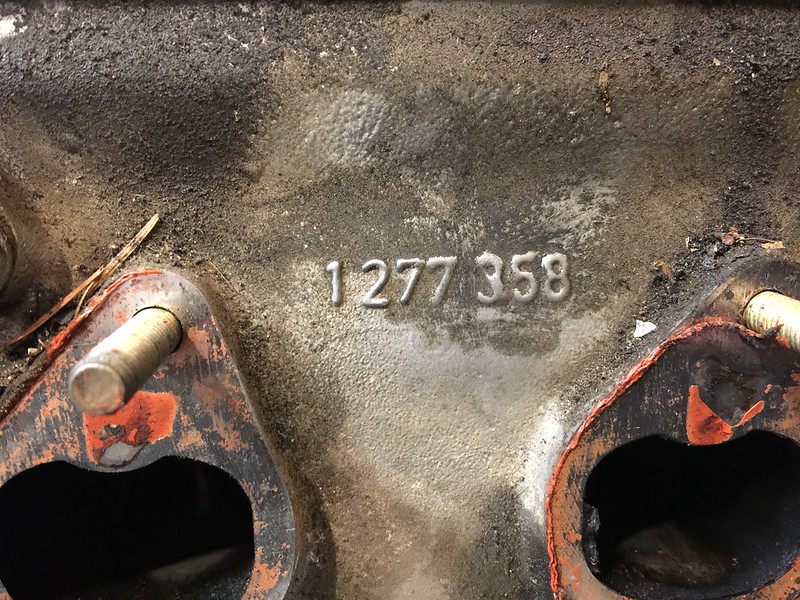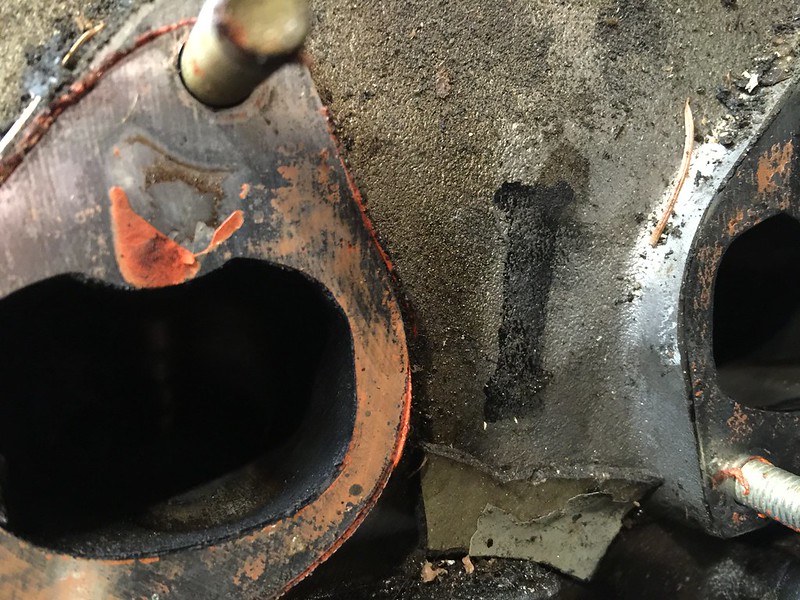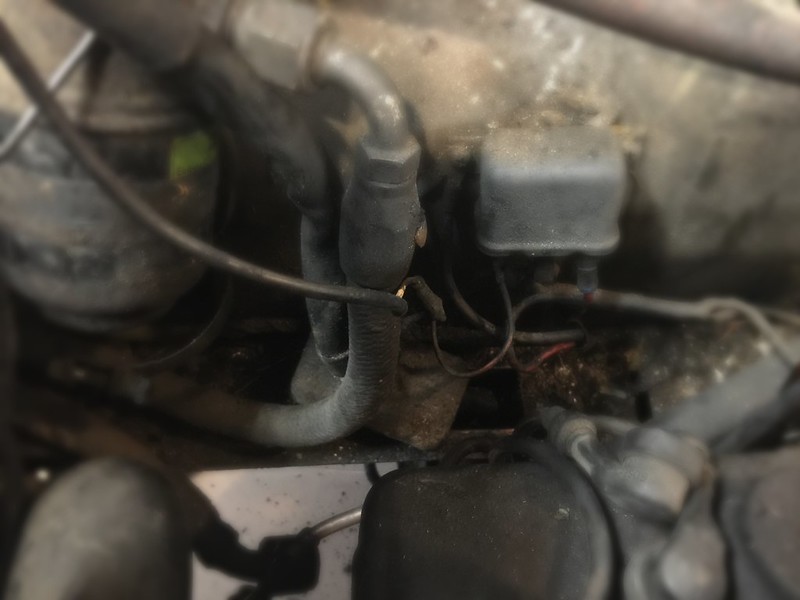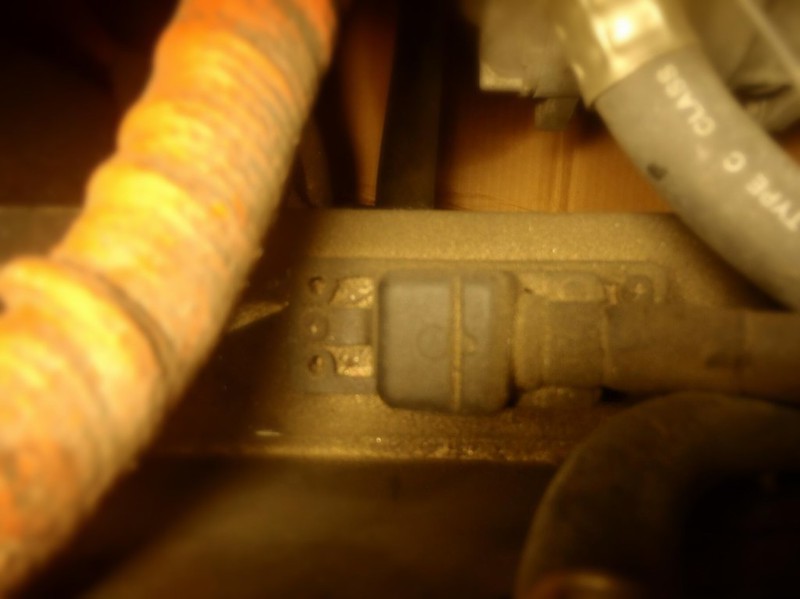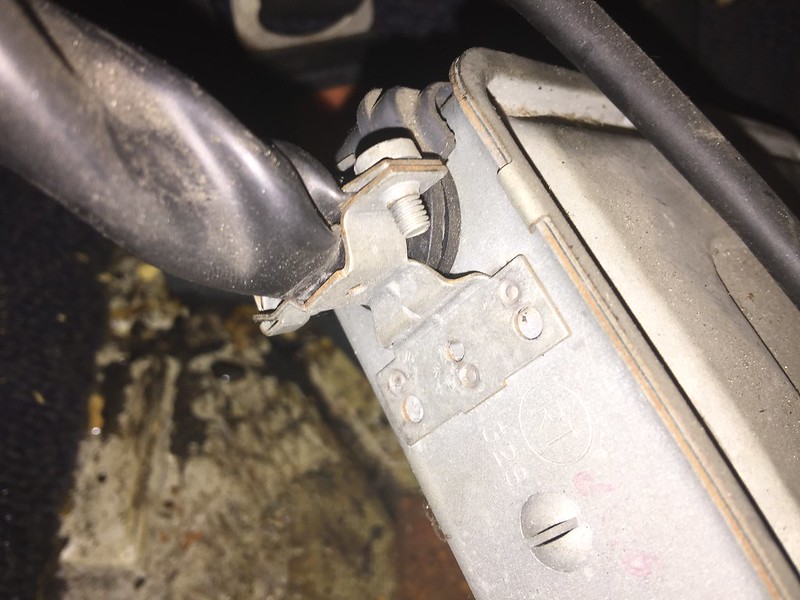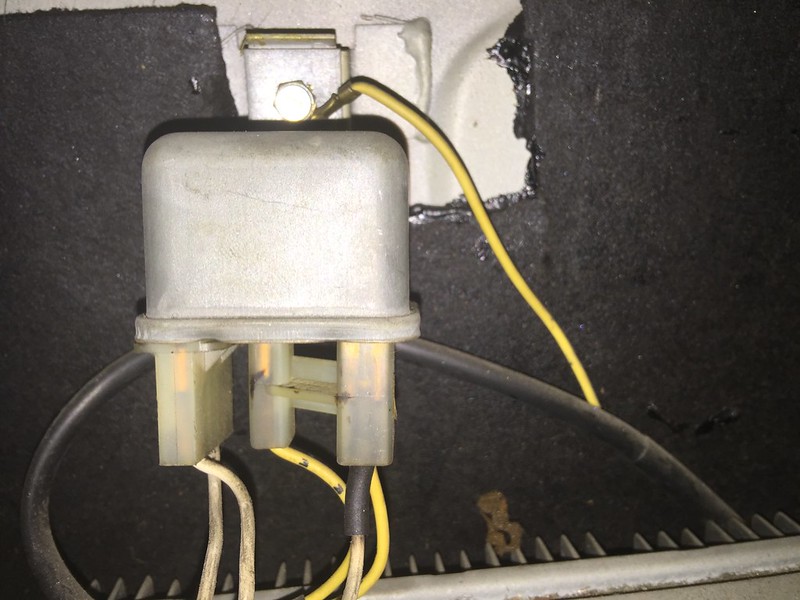Tonight was my first real preview into wrenching on a BMW, particularly the M30. I don't envy folks that have to work on the CSI motor. My first experience was learning how tight the clearance was on the throttle body. Tonight I learned that getting the intake manifold off can be quite tricky. The frustrating part for me is that while I learned about the D-Jet setup, it didn't do much to prep me for working on my 2800CS.
Note for installer. Two grounds and the rearmost small coolant hose bolt up the the triangular intake support bracket.
The manifold consists of an upper plenum, followed by the six 'bananas', and the two lower manifolds. Wedged underneath all of this is the fuel pressure regulator, a set of hard lines, an array of rubber fuel lines, and the six injectors. I started by removing the two 12mm bolts that hold the plenum to the triangular support brackets. Next I left the plenum intact and unbolted the bananas from the lower two manifolds. All that was a piece of cake.
Extension or not, the nut holding the banana to the lower intake manifold gets very close to the heater core tubes. I ultimately pulled the entire section of cooling, but starting by removing the upper hose keeps things moving.
Hiding in here are the six upper bolts for the lower intake manifolds
The wiring harness passes through the lower manifold. Also, the upper six 12mm nuts interfere with the injectors. Most people probably remove the injectors to service, but I left it in place.
I determined that there was no reason for me to remove the injectors and fuel lines. Technically you can't remove the 6 12mm nuts from the studs as they will hit the injectors, but that wasn't a problem once you pull the manifold away from the head a bit. The 6 lower bolts can be a PITA. Due to the curvature of the lower manifold, you can't fit a standard walled short socket on the 12mm nuts without a bit of interference. I can't recall if it was absolutely necessary, but I found it extremely useful to pull the hard coolant line that runs under the lower manifold, and is actually bolted to the manifold with two 10mm bolts. This hard line runs from the T-stat housing to the heater core.
I believe that the nuts on my manifold were were previously rounded off, so that didn't help the situation. A standard box wrench is too thick to fit on the nuts without hitting the manifold Ultimately, I did use a combination of a six point 12mm short shallow socket with a short extension. I first placed the socket on the nut as straight as possible, then added the extension, then whacked it in place with a mallet, then added the wrench. That worked for some of the nuts, and i used an open ended wrench for others.
The last nut closest to the starter wasn't moving. Of course, the open ended wrench interfered with the starter. Interestingly enough, I tried to remove the starter to provide clearance. The 17mm bolts that hold the starter in place are a tight squeeze themselves, and it looks like you need to use a box wrench to remove the upper nut at least. Since interference was the name of the game, the only fitment I could get on the bolt left the box wrench hitting the lower manifold, preventing me from breaking the starter free. I didn't check to see if I could get a shallow socket on the lower starter bolt. My other revelation was that this will be even trickier on my 2800CS, with the early style pancake brake booster sitting very close to the starter. The CSI has about a 12" extension that makes it pretty easy to access the starter.
Finally, I got the manifold off. To do so, you need to unhook the starter wiring, and a few other wires as it passes through the lower manifold. If I was keeping the harness for myself, I would have paid more attention to the connection points. The harness is actually really simply though, and there are some great threads on here with folks like SFDon highlighting all of the relevant connection points.
I also removed the T-Stat housing. I will need to buy a modified housing for my DCOE40's. I may keep the housing to look into fabrication options using two OEM housings.
Noteworthy: It's important to have these little spacers to mount the D-Jet injector wiring tube to the valve cover. Also interesting, the plastic tube is identical to the on used to run the plug wires, but it includes end caps as well.
Noteworthy: The elusive VIN location on the flat portion above the starter
Noteworthy: This replacement head is from 1981. It's the standard '358' head that lasted through the B34. I haven't pulled the rear cover yet to check the grind indicator on the end of the cam.
Noteworthy: I'm not sure why my head has a big letter 'I'. Anyone?

